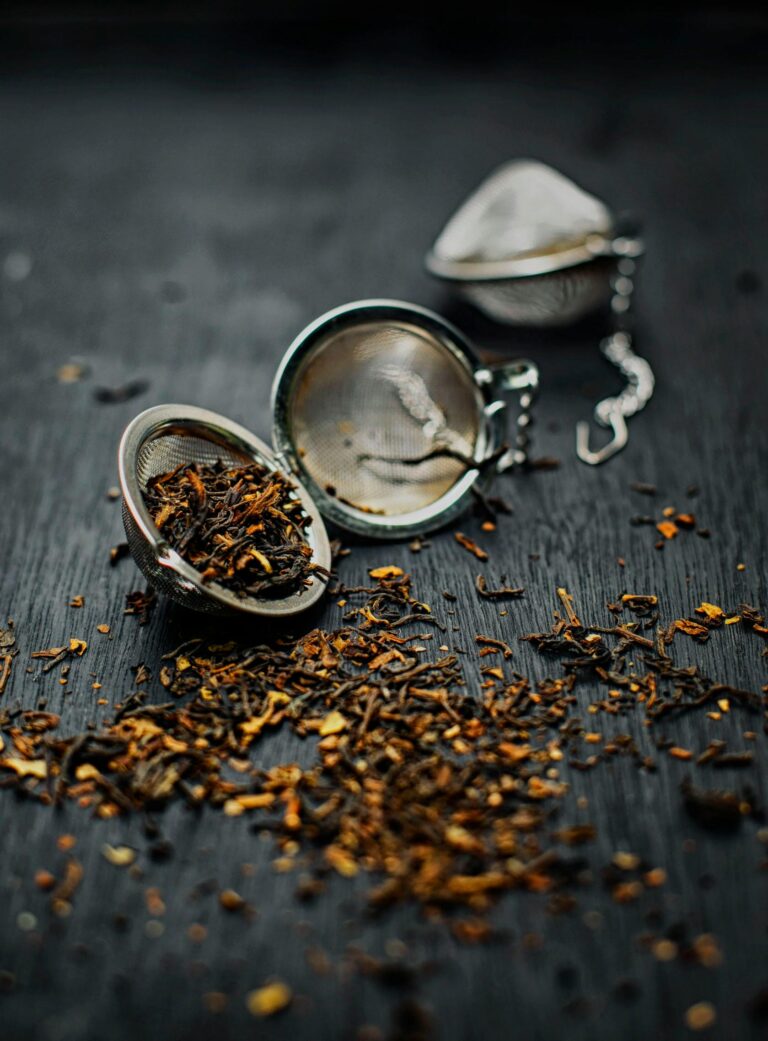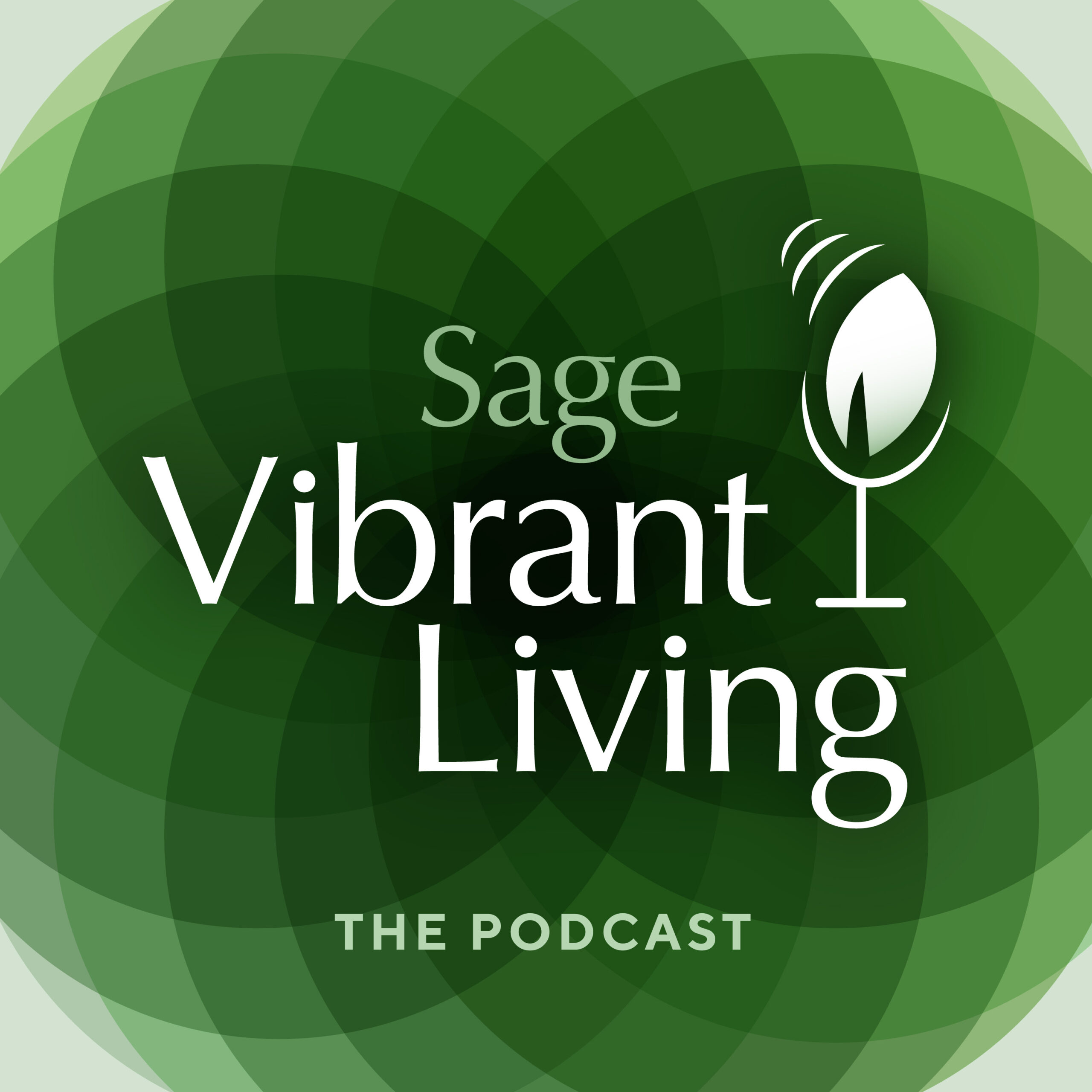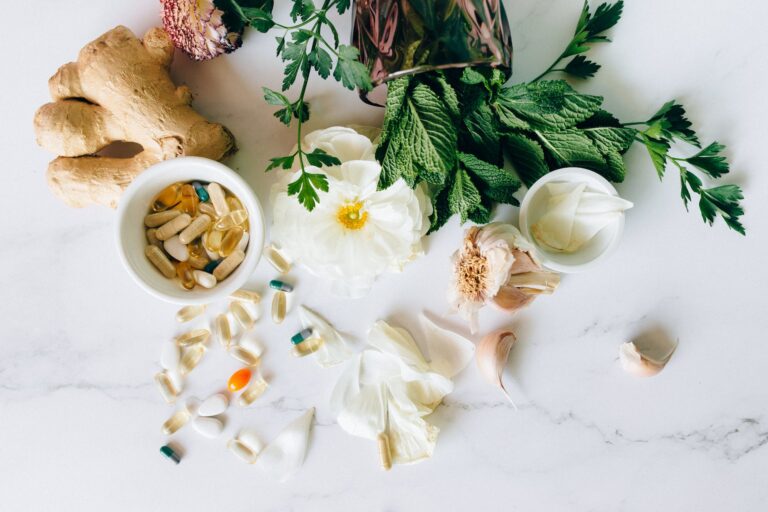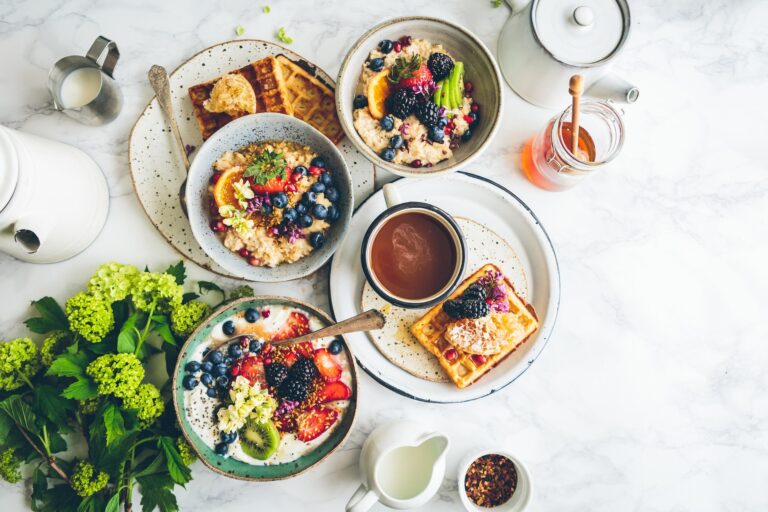Creating an Indoor Herb Garden: A Guide for Beginners
In the journey toward vibrant living, integrating nature into our daily lives plays a crucial role. One delightful and practical way to embrace this integration is through the creation of an indoor herb garden. At Sage Collective, we recognize the therapeutic and culinary benefits of growing herbs indoors, making it an ideal activity for older adults seeking to enrich their environment and enhance their well-being.
Why Start an Indoor Herb Garden?
Indoor herb gardening offers numerous benefits. Not only does it provide easy access to fresh herbs that can transform your cooking, but it also improves indoor air quality and adds a touch of greenery that can elevate your mood and mental health. For older adults, tending to a garden can be a soothing activity that promotes mindfulness and fosters a sense of accomplishment.
Choosing the Right Herbs
The first step in creating your indoor herb garden is to select the right herbs. Consider what you like to cook and use regularly. Some popular and easy-to-grow herbs include:
- Basil: A must-have for Italian dishes, fresh basil is versatile and grows well in pots.
- Mint: Perfect for teas and desserts, mint is a vigorous grower, so it may need its own container to prevent it from overtaking other plants.
- Parsley: A hardy herb used in many recipes, parsley can thrive indoors with adequate light.
- Chives: With a mild onion flavor, chives are excellent in salads, soups, and other dishes.
- Thyme: Ideal for adding depth to soups, stews, and roasts, thyme is a hardy herb that requires minimal care.
Setting Up Your Garden
Once you’ve selected your herbs, it’s time to set up your garden. Here’s how you can get started:
- Containers: Each herb should be planted in a container with adequate drainage. You can use traditional pots, recycled containers, or even specialized indoor herb garden planters.
- Soil: Use a high-quality potting mix that is designed for indoor plants. Avoid using garden soil, as it may not drain well enough and could contain pests.
- Location: Most herbs require at least six hours of sunlight per day. A south-facing window is ideal, but if your space doesn’t get enough natural light, consider using grow lights.
- Watering: Herbs generally like to be kept moist but not waterlogged. Ensure the soil is dry to the touch before watering again.
Caring for Your Herbs
Caring for your herbs is straightforward:
- Pruning: Regular pruning promotes growth and prevents your herbs from becoming leggy. Always snip off the tips of your herbs, which encourages them to grow fuller and bushier.
- Feeding: Use an all-purpose liquid fertilizer every few weeks to ensure your herbs get the nutrients they need to grow.
- Monitoring: Keep an eye on your plants for signs of pests or disease. Early detection makes treatment easier and more effective.
Harvesting Your Herbs
Harvest your herbs regularly to encourage continued growth. Cut only what you need for cooking, always leaving enough leaves to allow the plant to continue to grow. Herbs are most flavorful when harvested in the morning after the dew has dried.
Creating an indoor herb garden is more than just a hobby; it’s a step toward a more sustainable and mindful way of living. At Sage Collective, we encourage exploring such enriching activities as they align with our commitment to promoting a holistic approach to wellness. An indoor herb garden offers a small but meaningful way to connect with nature, enhance your culinary skills, and contribute to a healthier home environment.
As you tend to your herbs, enjoy the simple pleasure of watching them grow and flourish, a daily reminder of nature’s cycles and the rewards of nurturing life.









